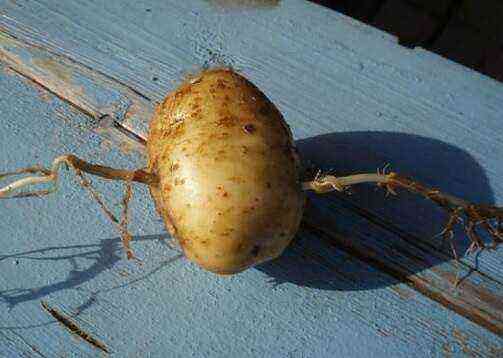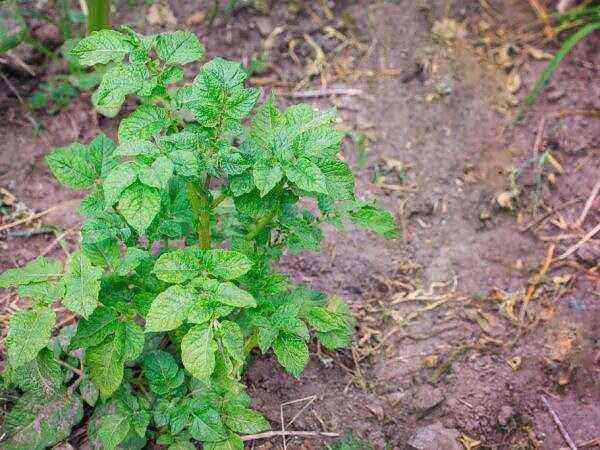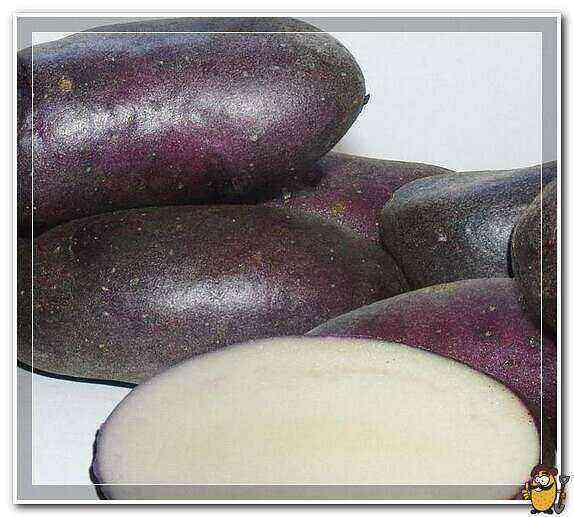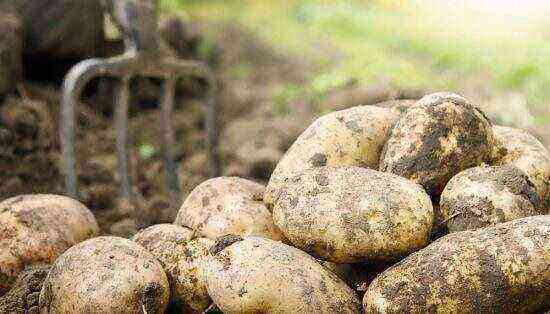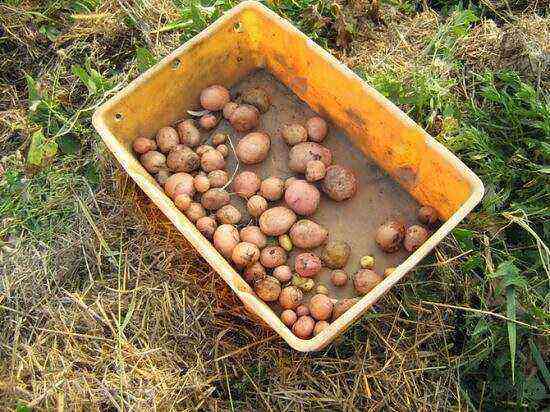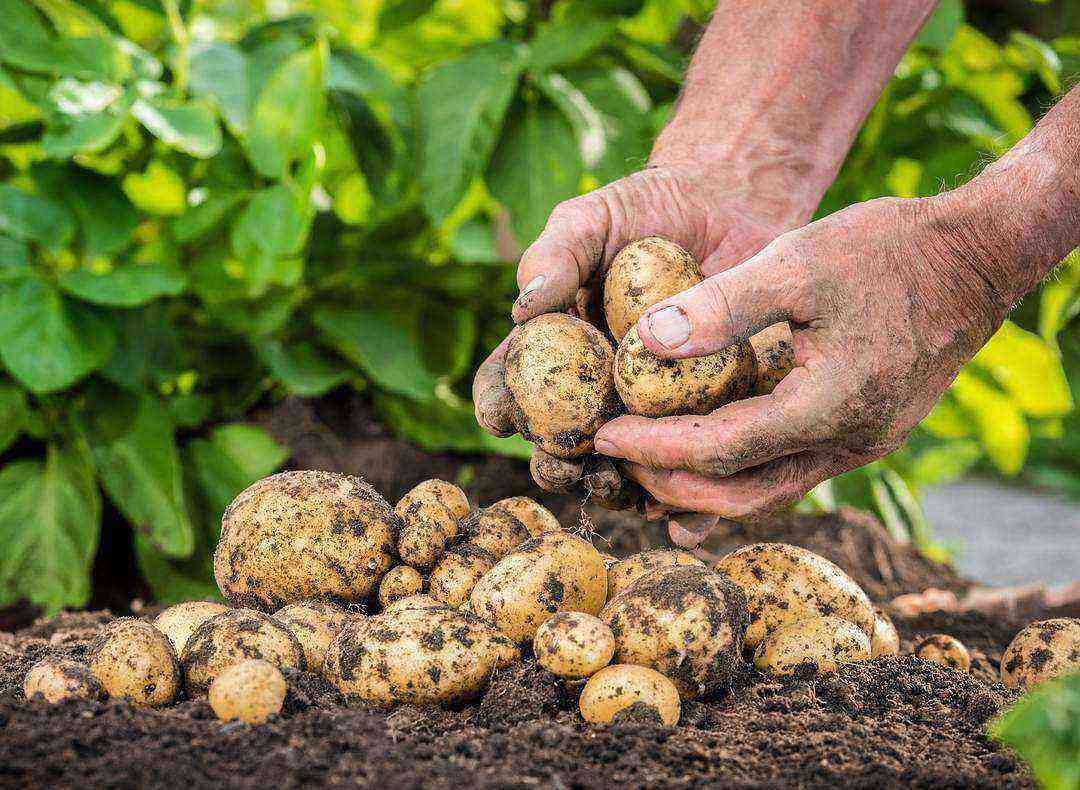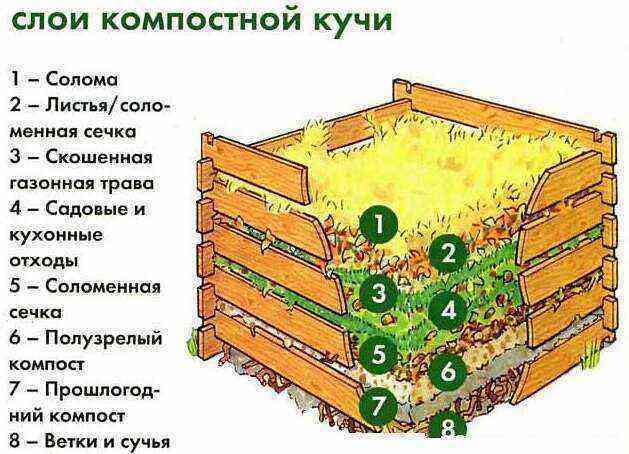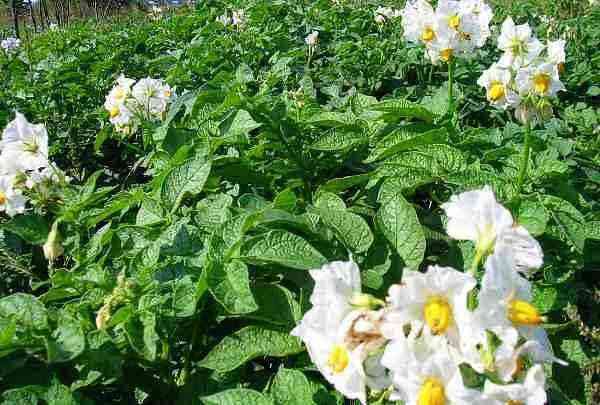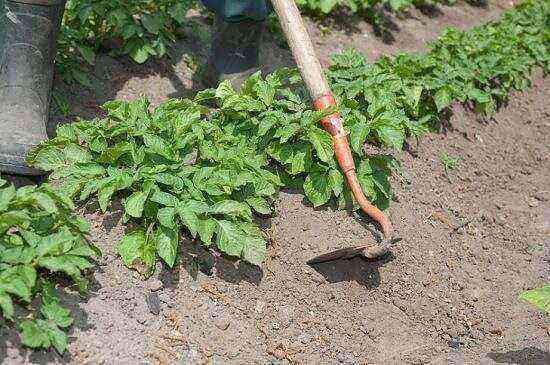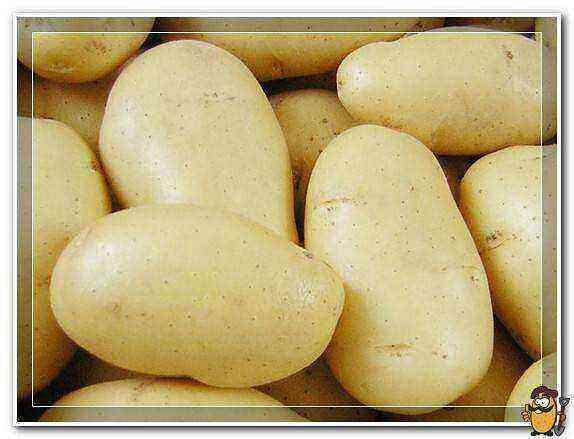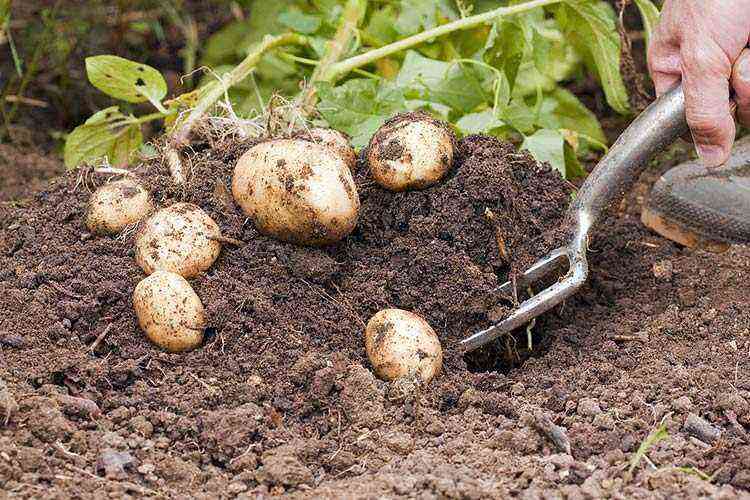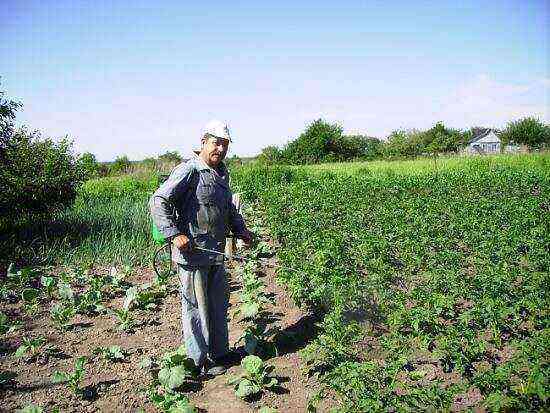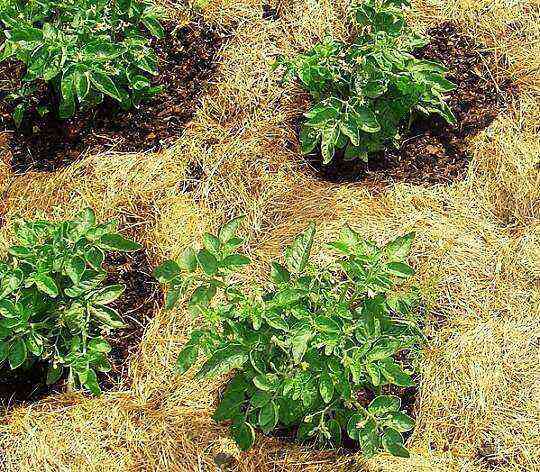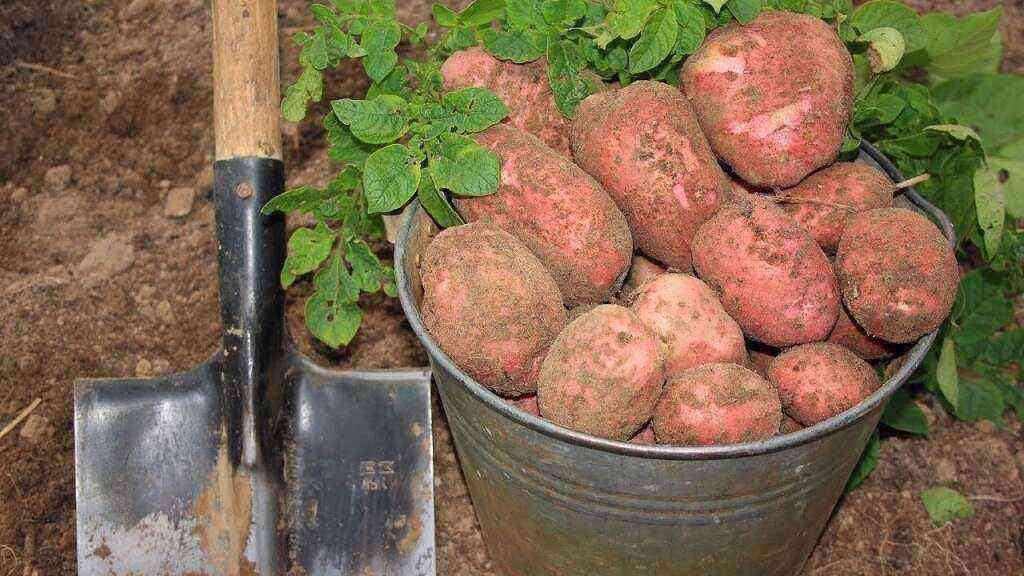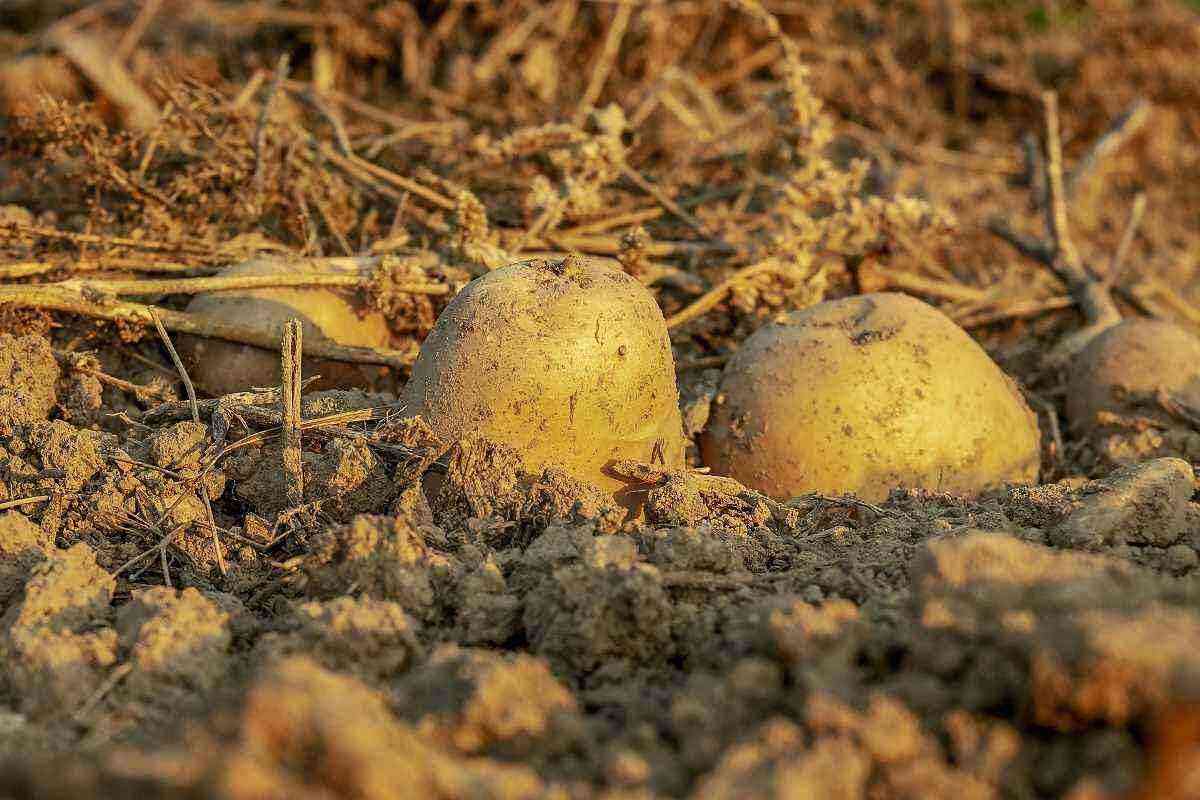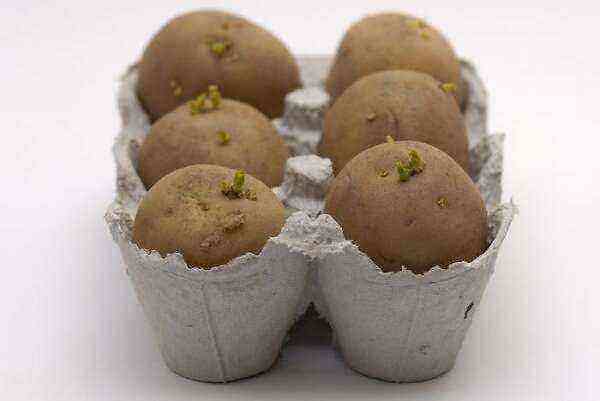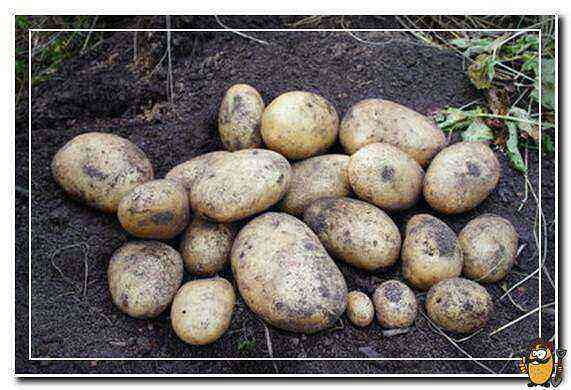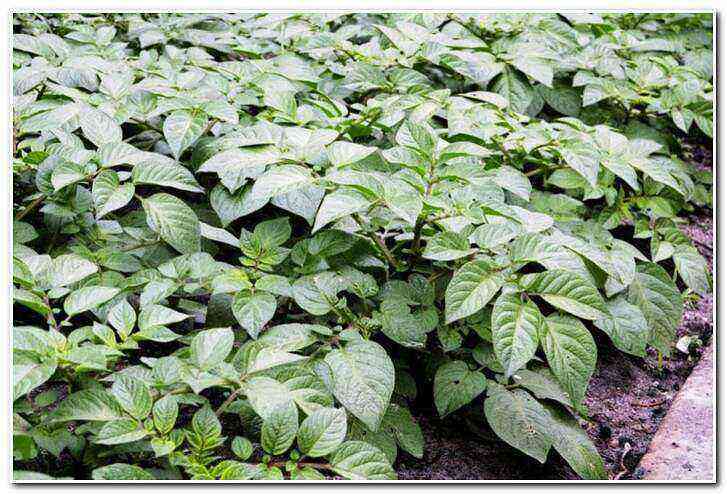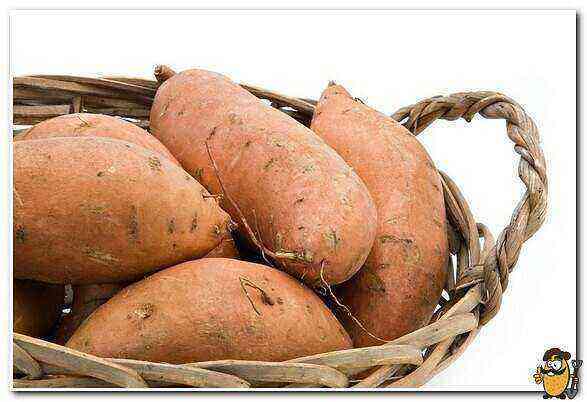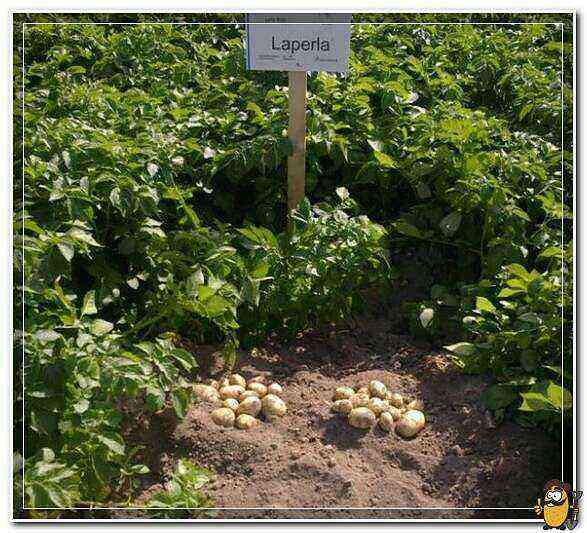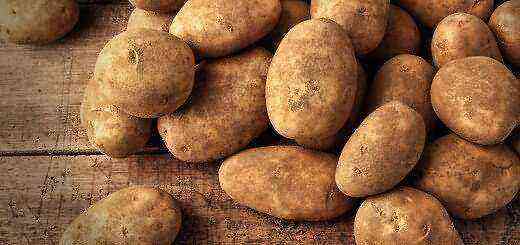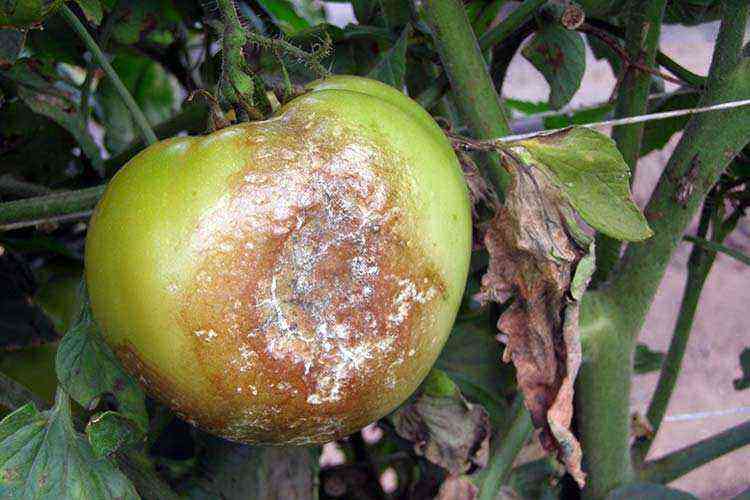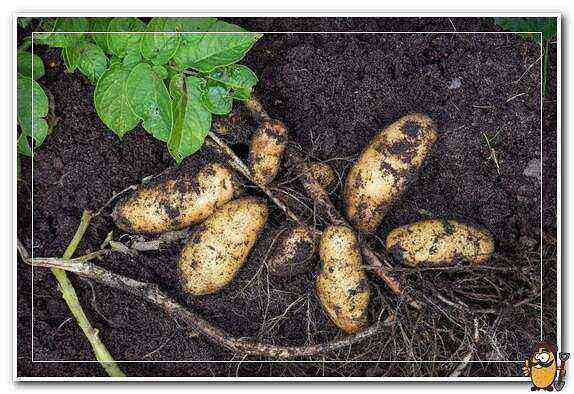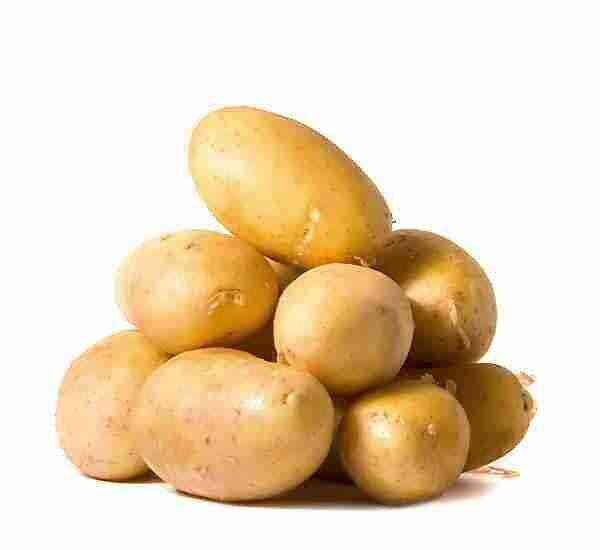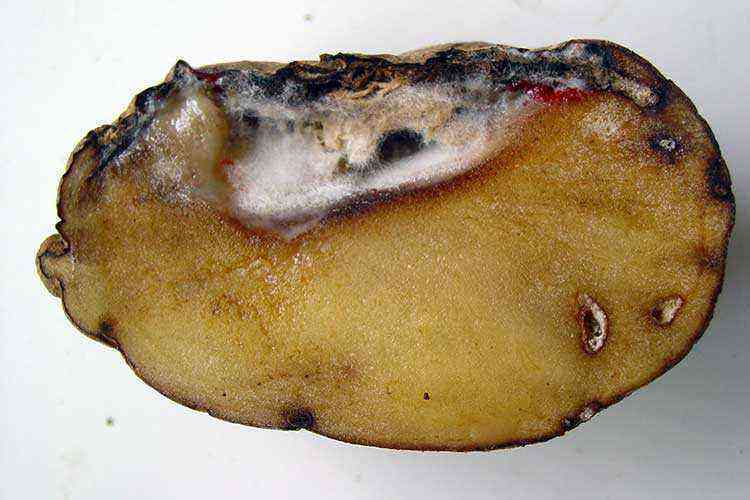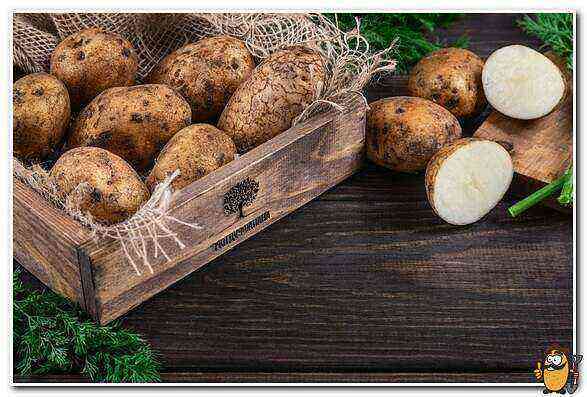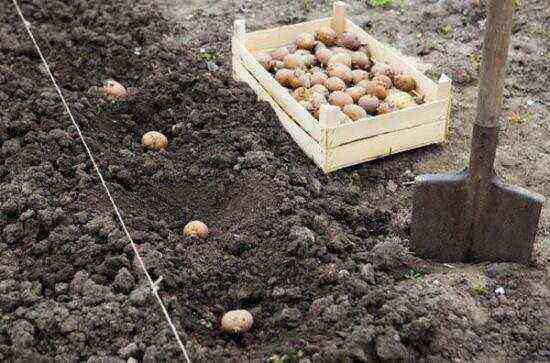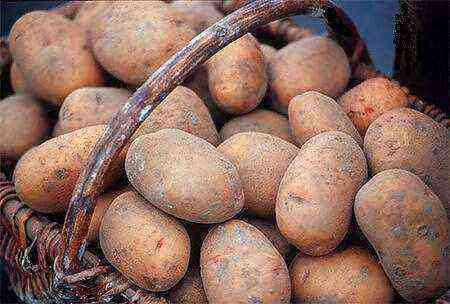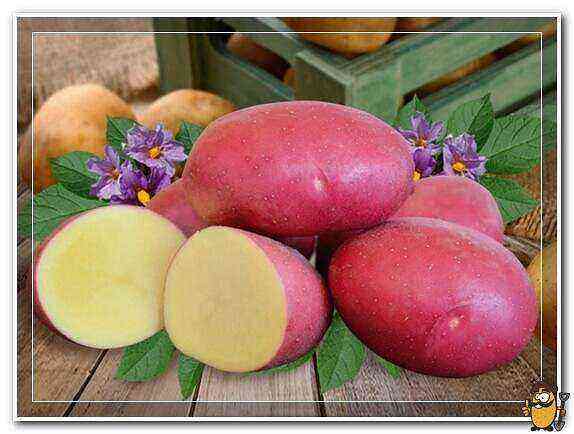Potatoes Zhuravinka. Belarus has always been associated with potatoes; there are even a lot of jokes about this topic among the people. If in all other states of the post-Soviet space potatoes are considered the second bread, in the Republic of Belarus it is more likely in first place than in second. In this country, the vegetable has become almost a symbol of the nation. It is not surprising that the Belarusians occupy a leading position in the field of potato growing, the varieties bred by Belarusian specialists are in no way inferior to the vaunted Dutch ones. A striking example of this is the Zhuravinka potato, whose quality characteristics not only meet international standards, but also exceed them in some respects. The Zhuravinka variety has become widespread both in Belarus itself and far beyond its borders. It was entered into the State Register of the Russian Federation in 2005. Recommended for cultivation in the Central, North-West and Volgo-Vyatka regions, but it was not limited to this territory. Due to their high quality, productivity, unpretentiousness and versatility, these potatoes are very popular in almost all regions of the Russian Federation. Russian farmers and gardeners express their sincere gratitude to the specialists of the RUE SPC NAS of Belarus for their painstaking work, as a result of which an excellent variety of potatoes with the tender name Zhuravinka was born.
Description of potatoes Zhuravinka
Zhuravinka potato bush is a low (up to 35 cm) strong plant with straight stems. The leaves are medium in size, dark green, with clearly visible veins and slight waviness along the edge of the plate. The variety is distinguished by the intensive development of the aerial part and the root system in the initial period of growth. Potatoes emerge evenly, shoots appear together on the surface of the earth.
Zhuravinka blooms magnificently. During the flowering period, beautiful inflorescences of a red-purple hue appear on the bushes. Berries are rarely formed on the bushes. The oval (rounded-oval) tubers of Zhuravinka have a reddish tint, similar to the color of cranberries. Hence the name of the variety. Cranberries in Belarus are called “cranes”. The peel of large tubers has a reticular pattern, in small ones it is barely noticeable. The eyes are small, evenly distributed over the surface of the tuber. The pulp has a pleasant light yellow hue, which remains after heat treatment.
Main characteristics of the variety
Zhuravinka is a mid-late table variety. It reaches technical maturity 100-110 days after planting, and in the southern regions the crop can be harvested after 90 days. One bush gives 15-20 potatoes weighing from 90 to 160 g, which is considered a very high figure. It is the yield, which is 400-600 centners per hectare, that is one of the main advantages of Zhuravinka. With good weather conditions (throughout the season), you can count on a larger yield – up to 700 c / ha. This figure is comparable to that of the best Dutch potatoes. By the way, about the conditions. They do not particularly affect the yield of Zhuravinka potatoes, unlike many other varieties, the result is always stable. Tuber preservation is also high. If all storage rules are observed, keeping quality is 96%. This means that until spring, 96 out of every 100 potatoes retain their original qualities and differ little from the tubers that have just been harvested. With transportation, everything is in order, Zhuravinka’s potatoes are not subject to mechanical damage during transportation, including over long distances. The starch content ranges from 14 to 19%. This is a fairly high indicator that affects the use of the product in cooking. Due to the increased starchiness, potatoes are boiled, therefore they are not suitable for cooking all dishes. For example, it is difficult to cook Zhuravinka in its uniform for subsequent use in salads, the tubers crack and fall apart. But from it you get an excellent puree of a pleasant color and without large particles that can spoil the impression of the dish. In addition, these potatoes can be fried and baked, and are used by many chip manufacturers. The taste of the variety is excellent, they are already professional chefs, and garden owners who grow potatoes for themselves. Separately, it is worth mentioning the resistance of the variety to common crop diseases. Zhuravinka has good immunity to potato cancer, common scab, nematode, black leg, PVX, PVM, and PVS viruses. Resistance to viral diseases PVY and PLRV is estimated by specialists as average. Significant crop losses are possible due to late blight infection, a dangerous disease that quickly spreads throughout the site. To avoid such a disaster, it is necessary to monitor the condition of the soil and avoid waterlogging.
Growing potatoes Zhuravinka
Preparation and landing
To get a good harvest, you need to select seed. Tubers the size of a chicken egg are suitable for planting. Larger ones can rot in the ground, and using smaller ones will reduce overall yields. Planting potatoes are carefully checked, tubers with mechanical damage, traces of pests, signs of disease, rot, etc. are rejected. Approximately 4 weeks before the intended planting, the selected material is treated with a solution of potassium permanganate (10 crystals per liter of water). Then they are dried, placed in a wooden container in one layer and left in a ventilated, illuminated room with a constant air temperature of 12-15 degrees. Potatoes will sprout after a couple of weeks. Immediately before planting, the seed is re-processed using special preparations that protect against diseases and pests. Today, potato growers most often use Maxim, Prestige and Fitosporin to protect planting tubers. The variety is not picky about the soil. It should be loose and fertilized with organic matter, preferably in the fall. Planting, as a rule, is carried out in late April or early May, when the ground warms up to 10-12 degrees. If April turned out to be cold, planting work can be postponed to the middle or second half of May. Due to the large number of tubers in the bush, Zhuravinka cannot be planted too densely. With a thickened planting, the amount will not change, but the size will be modest. The following scheme will be optimal for the variety: row spacing – 60-70 cm; distance between holes – 30-40 cm; planting depth – 10 cm in light soil, 7-8 cm in heavy soil. With this scheme, each plant will receive the required amount of sun light, and the gardener will have the opportunity to carry out high-quality weeding and hilling, which will ultimately have a beneficial effect on yield.
Care
The Zhuravinka variety does not require any special agrotechnical measures, you can do with basic ones. These include weeding, hilling, watering and fertilizing. Weeding is carried out after the first shoots appear. The soil is loosened, at the same time weeds are removed, taking nutrients from the soil. Re-loosening is necessary when a hard crust forms on the soil surface after heavy and prolonged rain. This will improve the circulation of moisture and air, the lack of which leads to a slowdown in plant growth. Undoing is carried out twice a season. The first time the bushes are spud when they reach a height of 15-20 cm, repeat the procedure after 3 weeks. In addition to loosening the soil and destroying weeds, hilling prevents the development of root diseases of potatoes. The Zhuravinka variety does not tolerate prolonged droughts, during such periods the plants need watering. The frequency of watering depends on the weather and soil conditions. Watering should be done in the morning and before sunset, in the daytime sun it is absolutely impossible to do this, otherwise the plants may “burn out”. Watering is carried out without fanaticism, no more than 5 liters of water per bush. It is important to prevent waterlogging of the soil, in which plantings begin to attack late blight. If this does happen, for example, after several waterings, the weather has changed dramatically and a rainstorm has passed, in order to prevent the potatoes, it is recommended to treat them with a fungicide. To increase the yield, the plants are fed with organic and mineral fertilizers. Top dressing can be carried out according to the following algorithm: before flowering, add a urea solution; during the budding period – a mixture of water, wood ash and superphosphate; during mass flowering – a superphosphate solution. Feed must be strictly observing the dosages indicated by the fertilizer manufacturer. Experiments can lead to oversaturation of the soil with nitrogenous substances, as a result of which the growth and formation of tubers will stop.
Harvesting and storage of crops
The Zhuravinka potato variety is harvested in the second half of August. Harvesting is carried out after the tubers are fully ripe, a sign of which is the drying of the tops. The dug out potatoes are dried for several hours, sorted out, sorted, placed in nets or boxes and sent to a storage (basement, cellar or other special room). In order for the crop to retain its qualities until spring, proper conditions must be created in the storage: no dampness, access to air, temperature 3-4 degrees, humidity no more than 90%.
In conclusion
Reviews of agronomists and gardeners about Zhuravinka’s potatoes confirm that he earned his popularity for a reason. The unpretentiousness of this variety, productivity and great taste were liked by many. Some potato growers have abandoned elite foreign varieties altogether and grow only Zhuravinka. So the Belarusian breeders did not try in vain.
